Wildlife Activity

This track was left behind by a squirrel. I have seen a lot of activity from squirrels at my location which is the Centennial Woods. During the winter squirrels spend less time foraging for food and more time in their den. Because they spend less time foraging they usually put on some extra fat. This fat also helps them stay warm through the winter. Now that the ground is covered with snow and it is hard for squirrels to find food they have to make a food reserve that allows easy access for them to get the nutrients they need to survive. The squirrels diet consists of nuts, berries and greens. During the day squirrels are active and at night they sleep. Squirrels have to watch out for predators like eagles, owls, hawks, coyotes, minks, martens, dogs and cats.
Squirrel Interactions
These tracks where heading up to a large pine tree. This could mean a few different things. First, either the squirrel was going up the tree because that’s where it’s den in. Next, the squirrel could have been running away from a predator and it was getting some cover in the tree. I have noticed that when I see a squirrel on the ground and it sees me it is startled and it will run up into a tree because it feels safe there. I there is a high possibility that this happened because Centennial Woods is heavily used by humans.
Phenological Changes
It’s been about a month since the last time that I have visited my location. I noticed that a few things have changed. First, there is less snow because it has rained recently. Next, the rain and melted snow has caused the river to rise and flow faster. Lastly the river banks are starting to get muddy and slowly expand. I predict that the next time I come to my location the snow will still be melting and the river’s width will still be expanding.
Field Notes







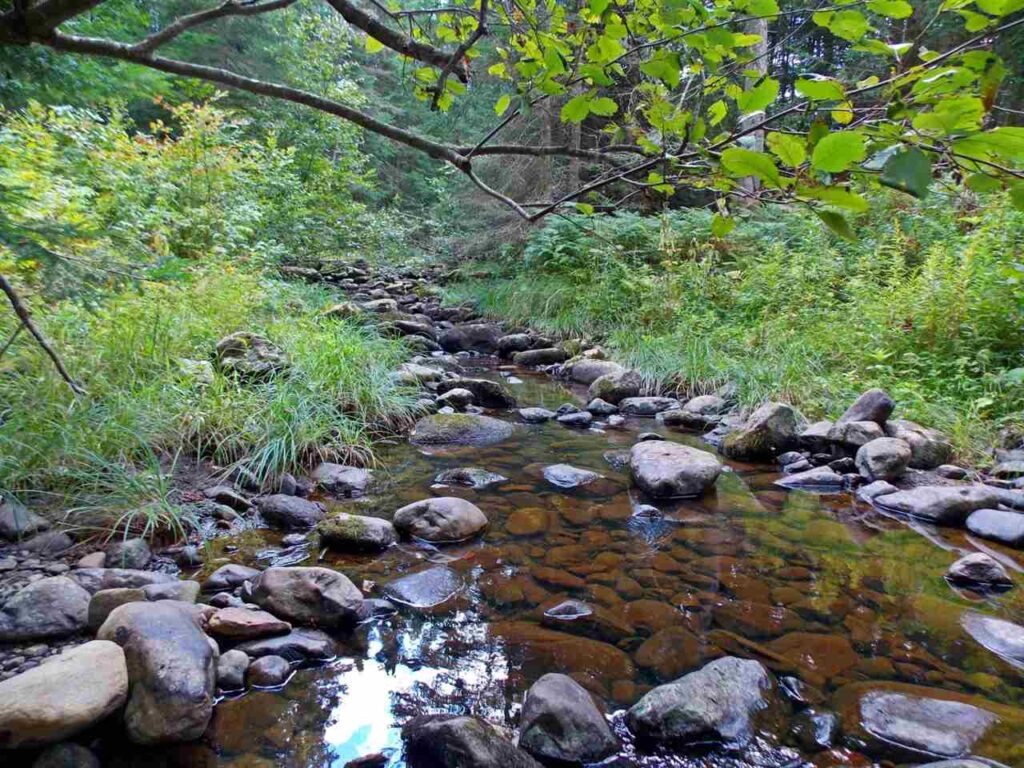
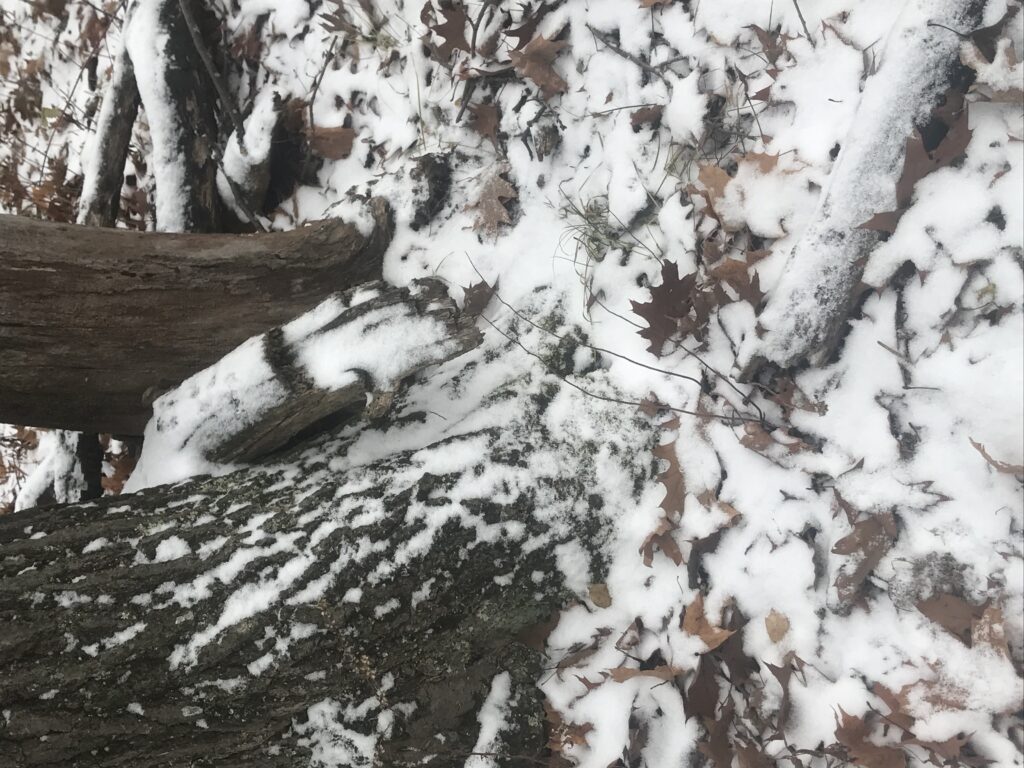
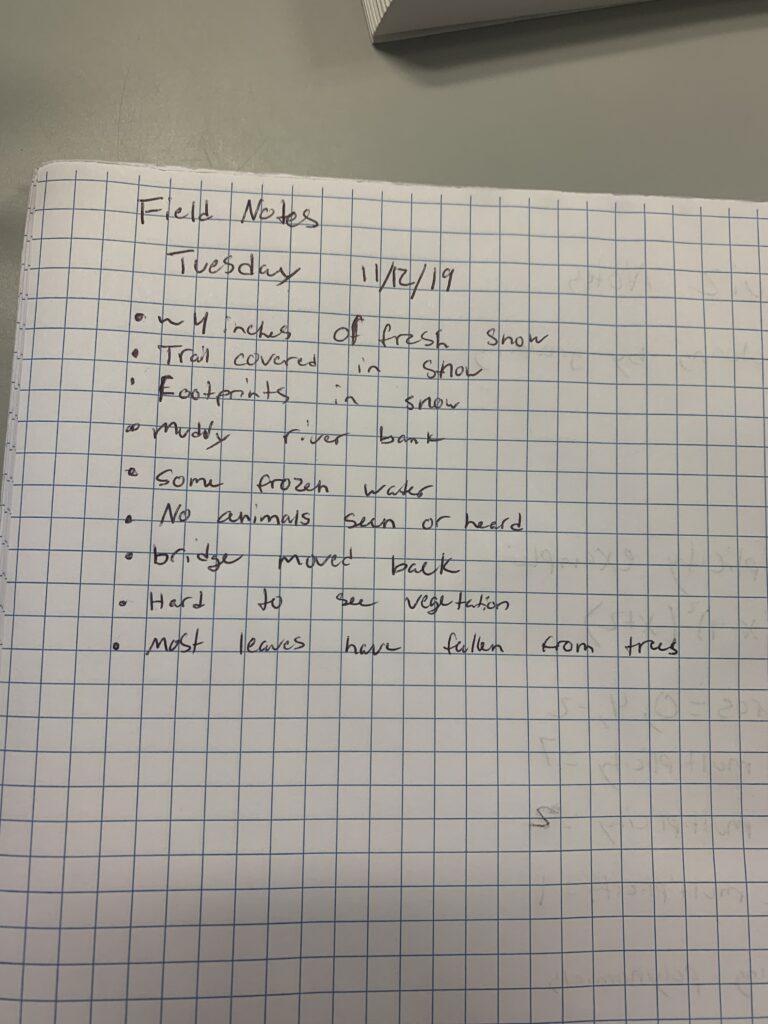

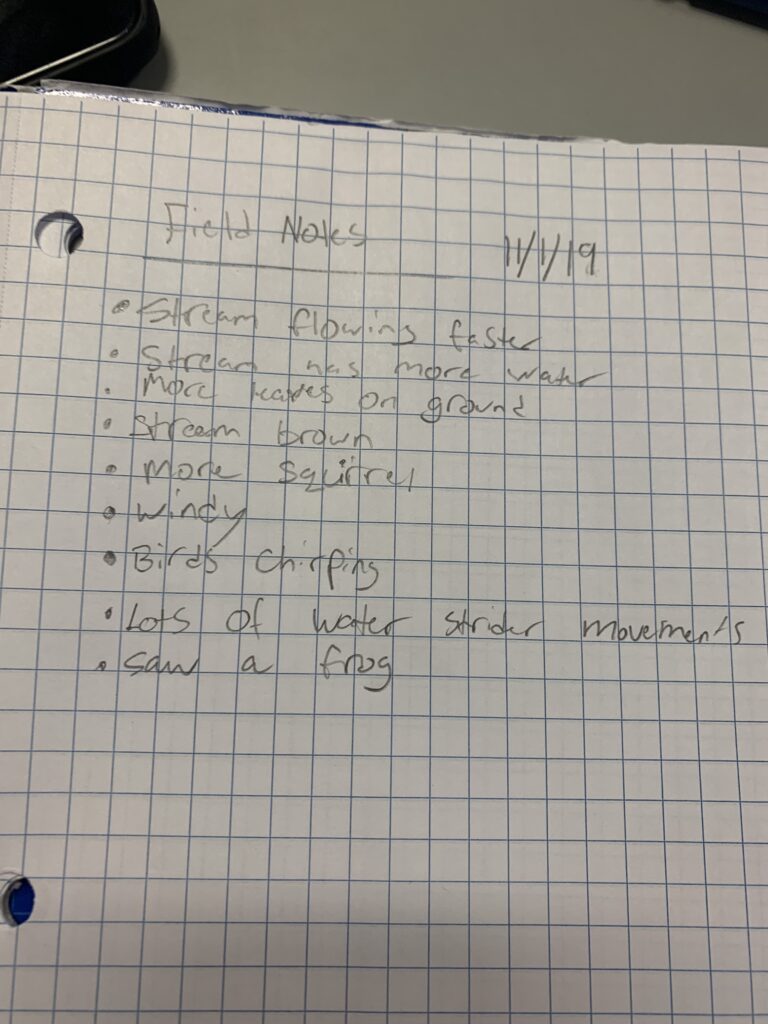
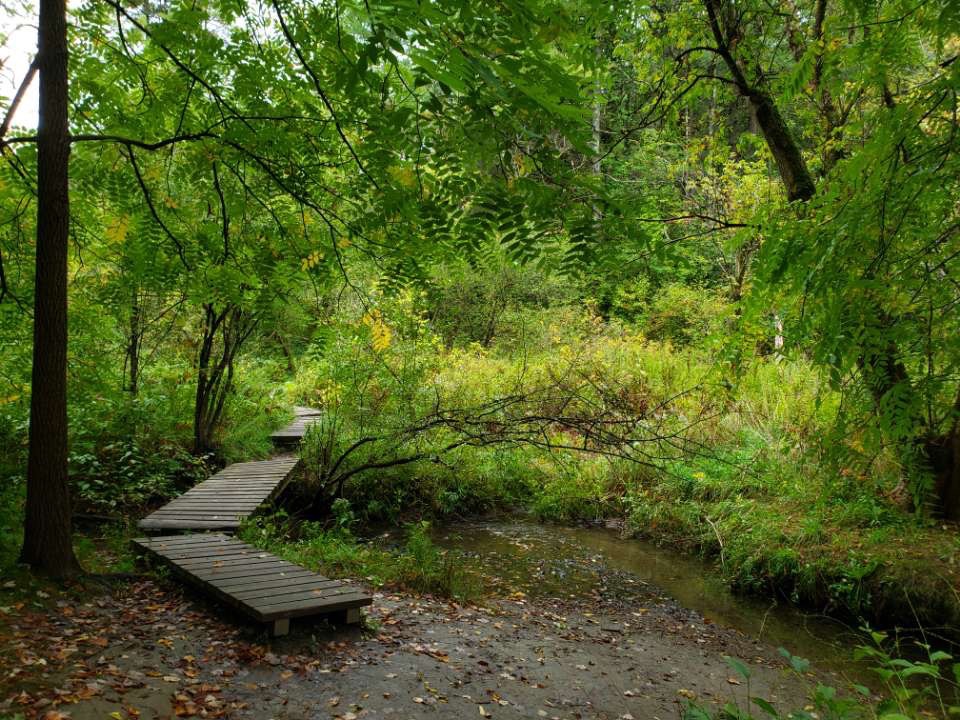
Recent Comments